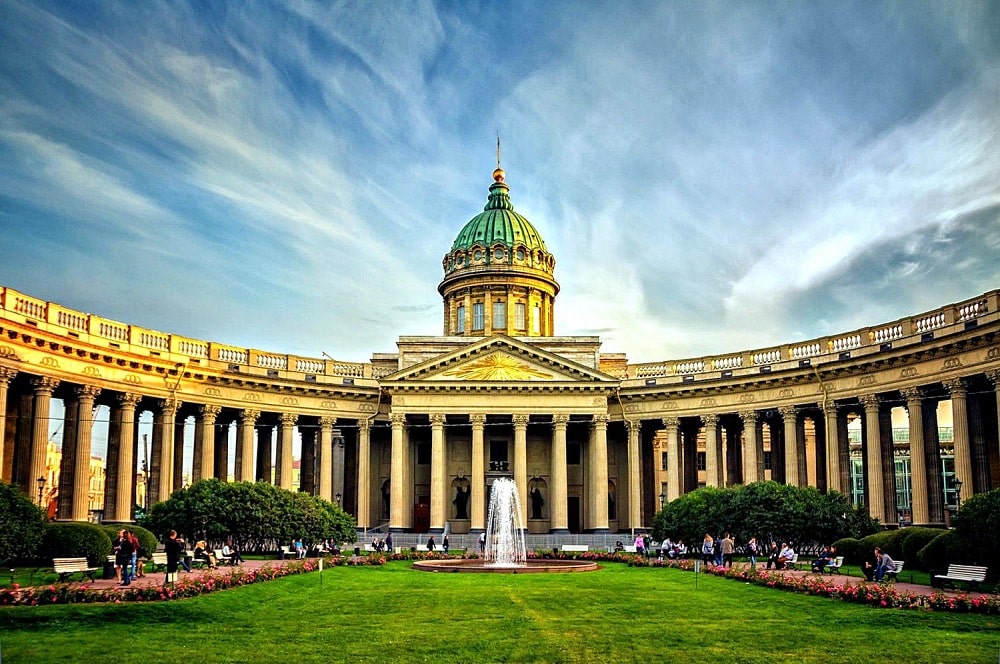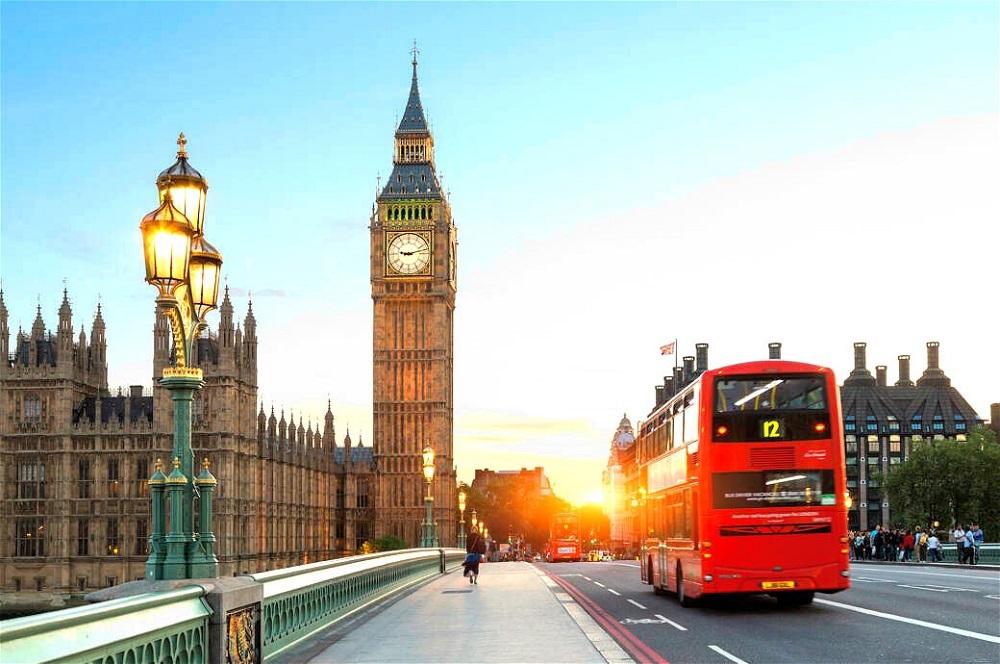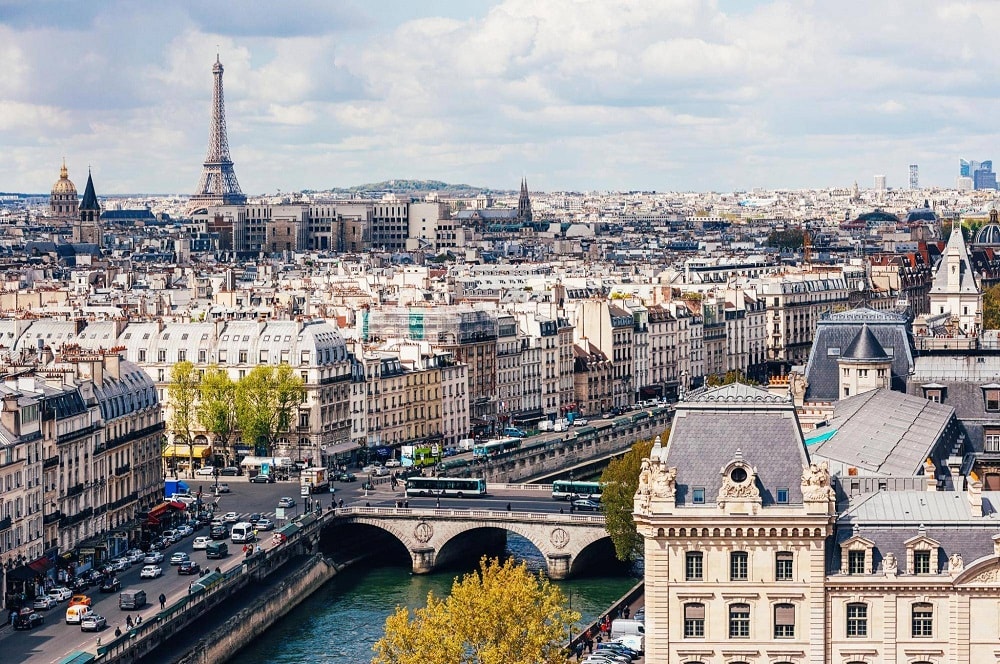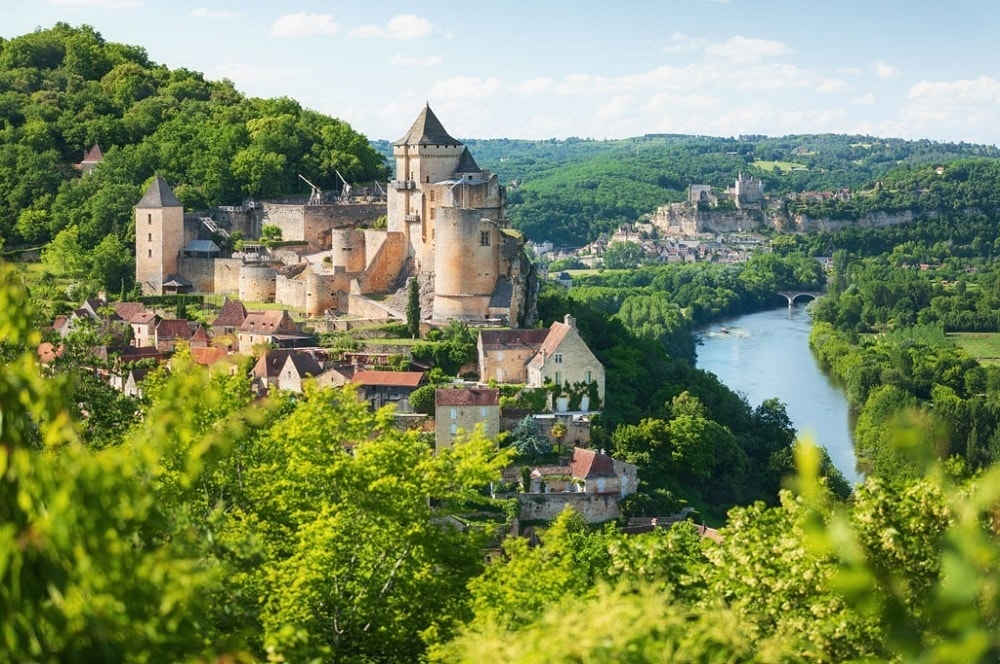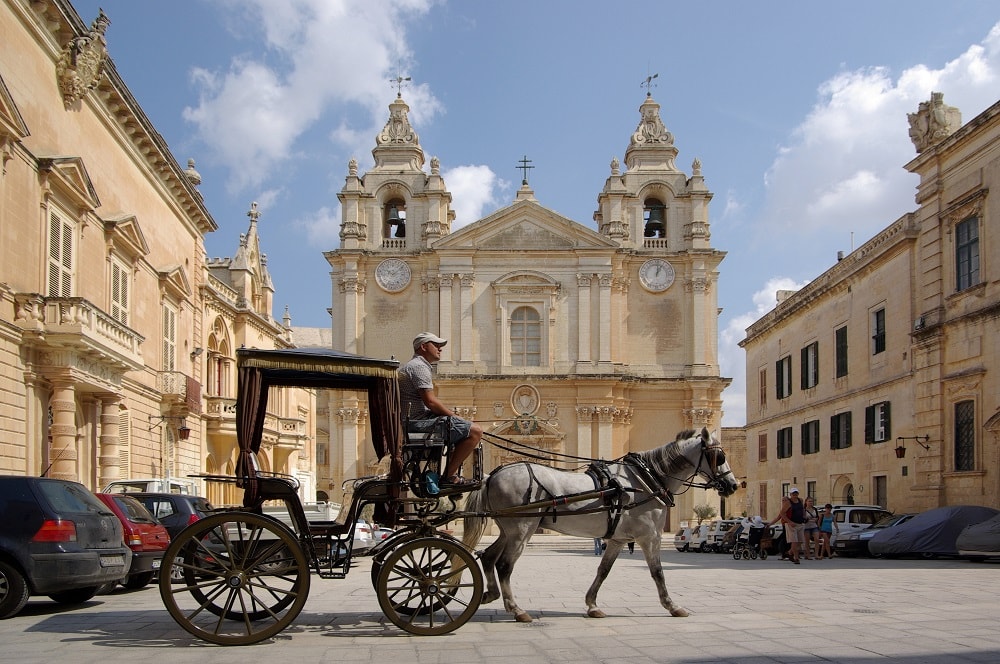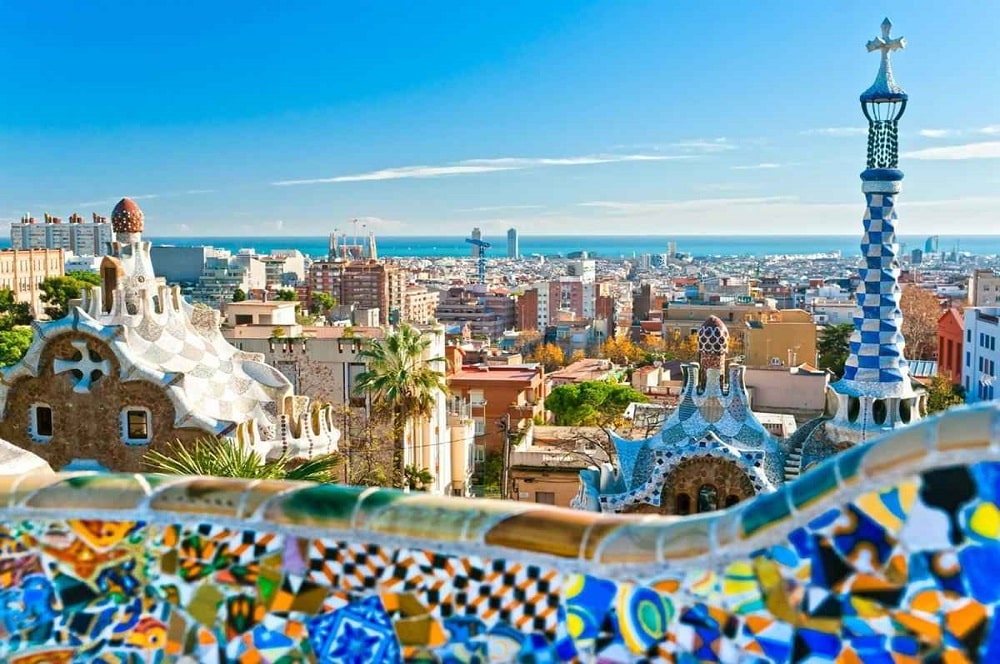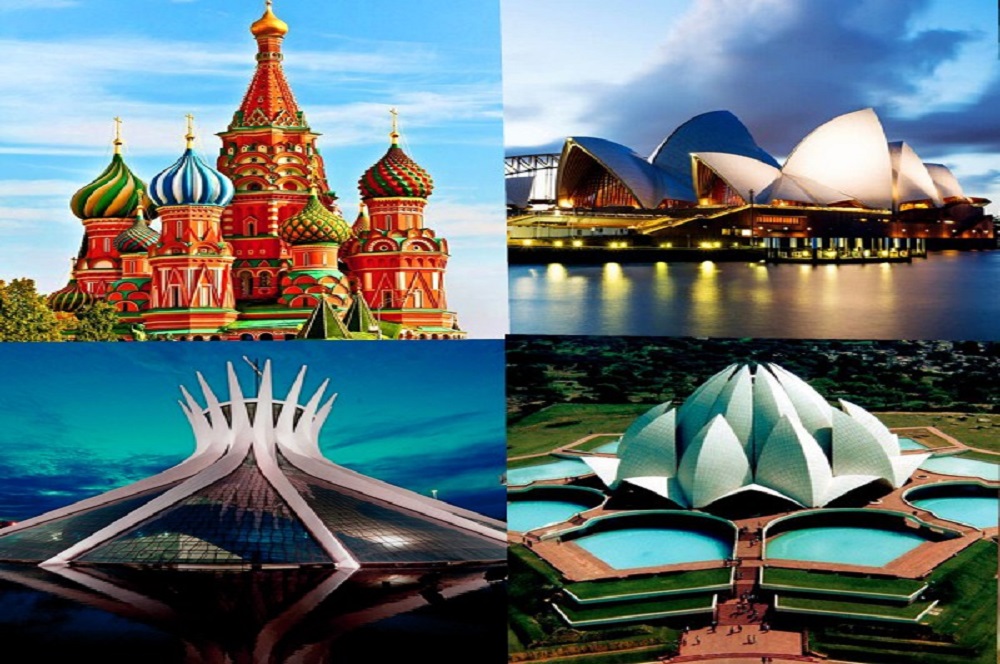
Lush plants, flowers of various colors, forests with a wide variety of forests, enormous snow-capped mountains, gigantic oceans of calm or cascade, huge oceans, turquoise seas and clear lakes hepsi All of these and more are a landscape where no human child makes any contribution…
All this and more is a landscape where the human child has no contribution. Her contribution to this image is the marvelous structures of engineering and architecture.
1. Empire State Building (USA)
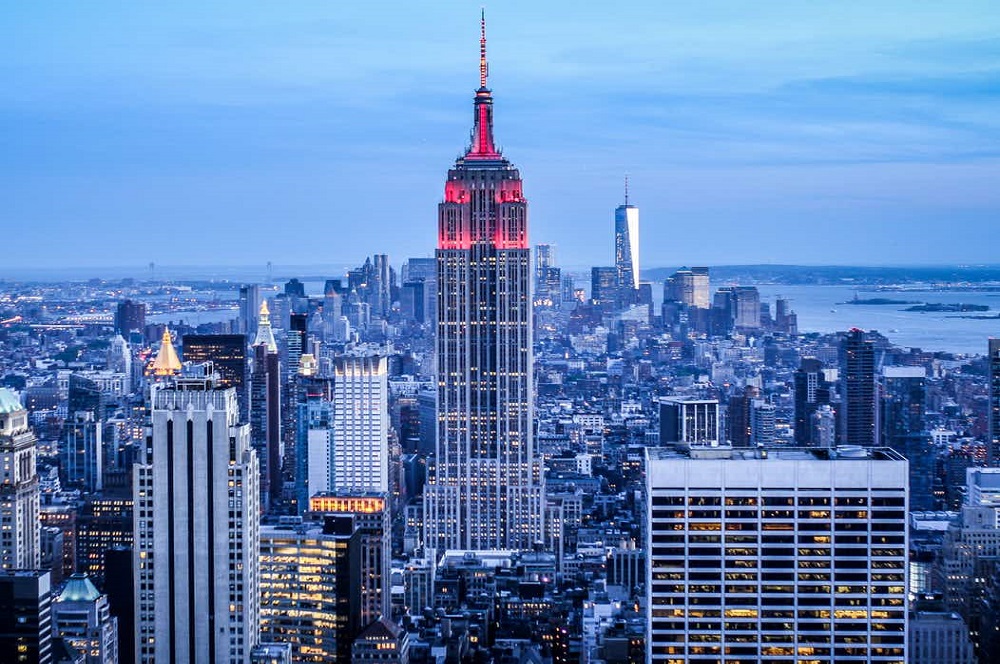
The 381-meter Empire State Building is located on the 33rd and 34th streets of Manhattan Fifth Avenue in New York. Essentially, the design of the 102-storey building was designed by William Lamb. The building started in 1930 and was completed in 18 months. It remained the tallest building in the world until the opening of the World Trade Center in 1972. When it collapsed as a result of the terrorist attacks of September 11, 2001, it regained the title of the tallest building in New York. Five US states are within 80 miles of the building. To date, more than 117 million people have visited.
2. Notre Dame Cathedral (France)
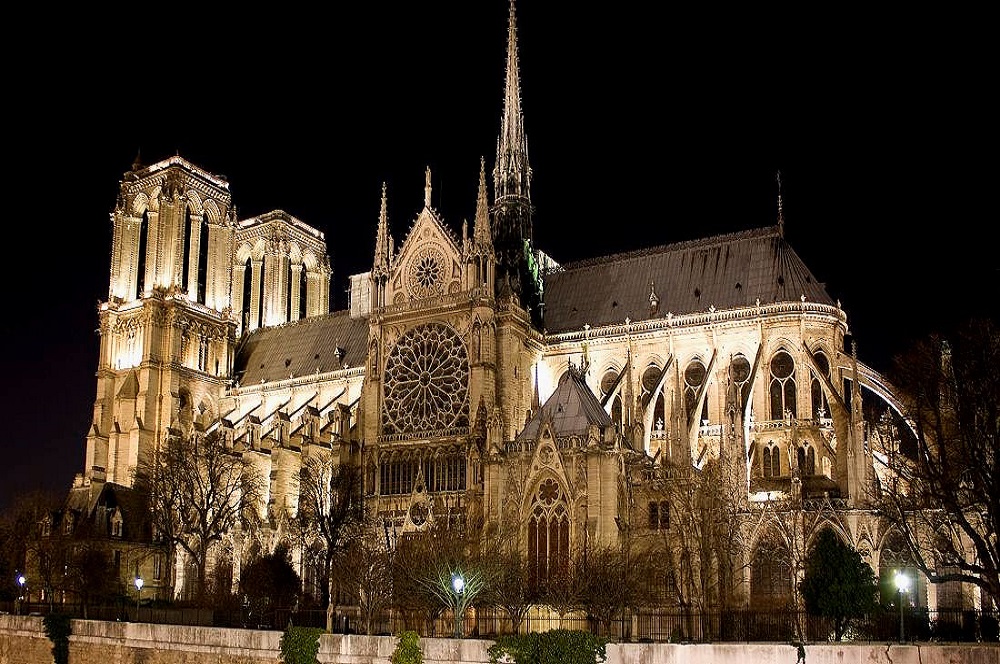
Notre Dame de Paris on the banks of the Seine means ”The Virgin Mary of Paris”. It is also the catholic cathedral of the Archbishop of Paris. It is 130 meters long, 48 meters wide and 35 meters high. The construction of the cathedral started in 1163 and completed in 1345. Notre Dame, the most important example of French gothic architecture, is one of the most iconic buildings in Paris.
3. Sydney Opera House (Australia)
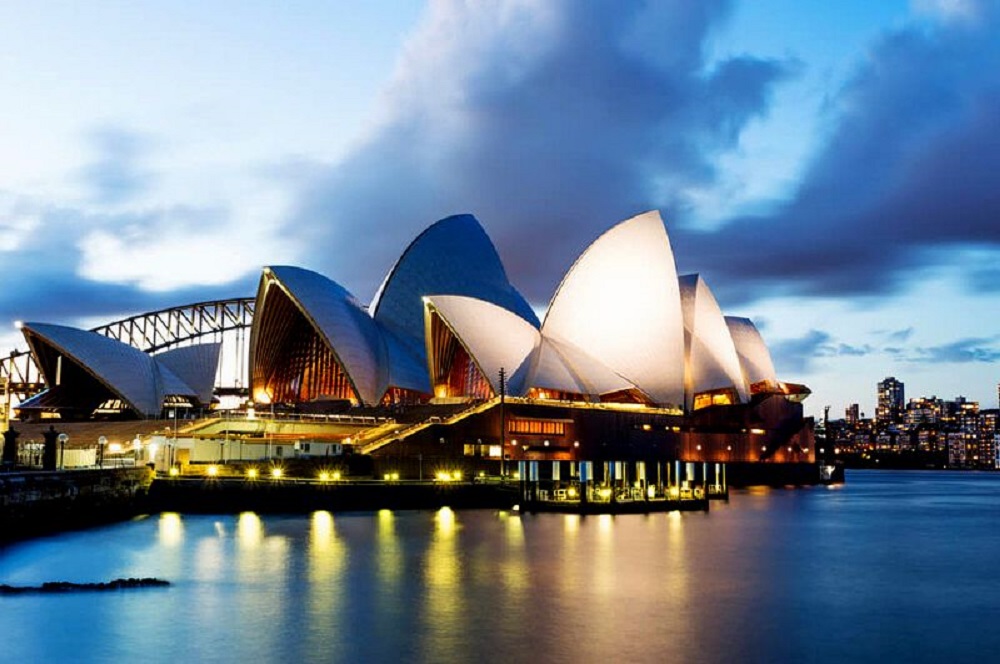
As a symbol of Sydney and one of the most famous buildings of the 20th century, it is on the UNESCO World Heritage List. Danish architect Jorn Utzon won the 2003 Pritzker Architecture Prize for this work.
The opera house, which was built in 1959 and completed in 14 years, has five theater halls with a total of 5532 seats. Each year, the building has a wonderful appearance with light shows reflected on its surface; 30 thousand events are organized and visited by an average of 8 million people.
4. Sagra de Familia (Spain)
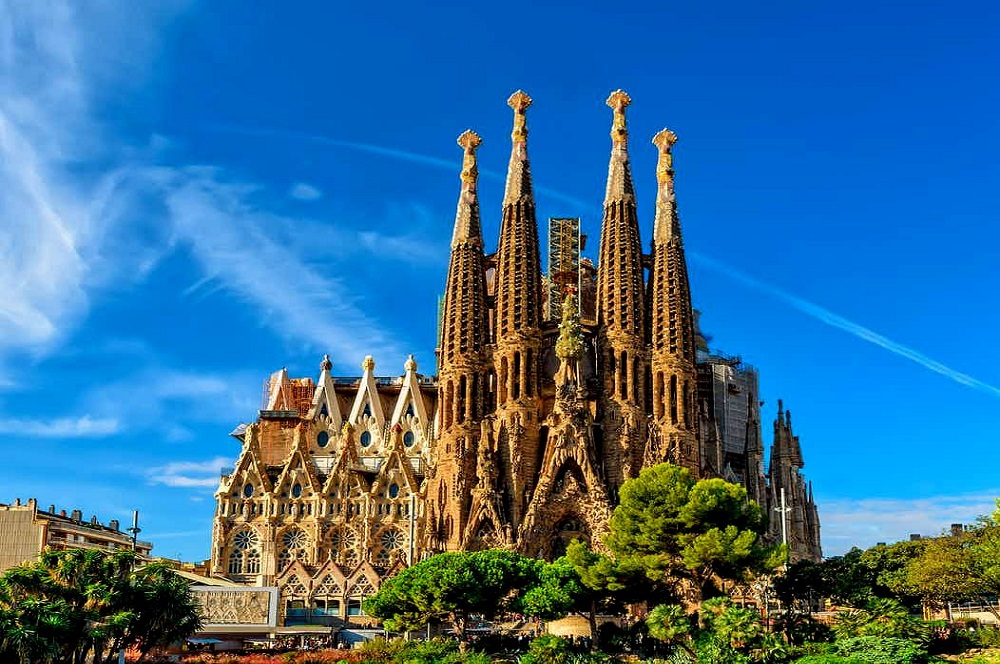
A cathedral in Barcelona, which was taken over by Francisco de Paula del Villar y Lozano in 1883 and was built by an association established by public aid. Popularly known as the “Never Ending Church’’..
Gaudi, who believes that the towers he designed would be a perfect welcome for travelers, thought that the ornaments on the top of the towers seemed to provide a connection between heaven and earth. Columns that keep the structure designed like branches and knot trees give a feeling of being in the forest when you enter the cathedral.
5. Tower of Pisa (Italy)
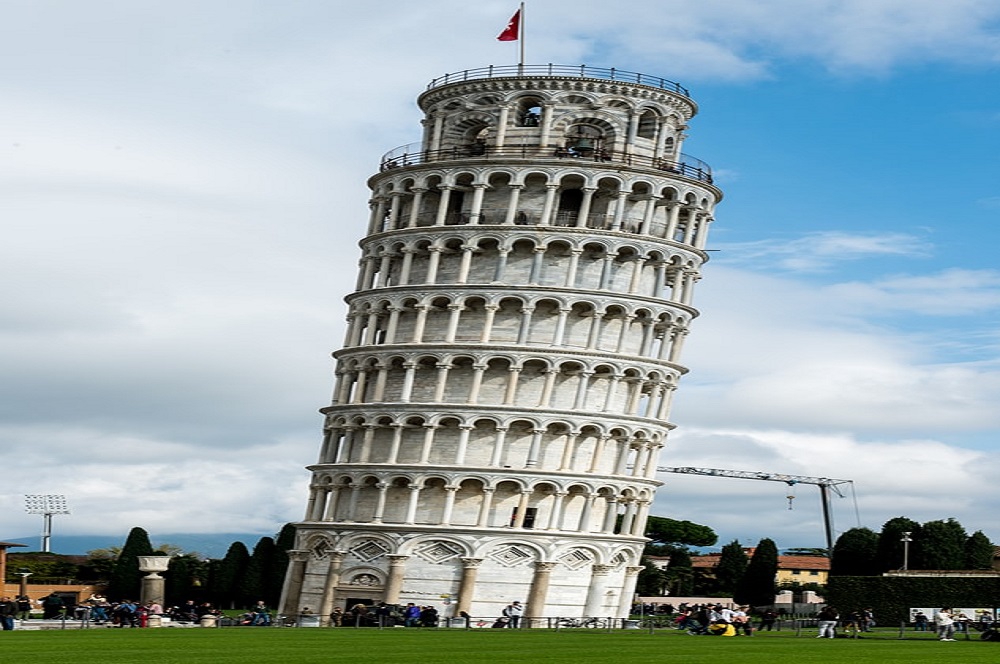
One of Europe’s iconic architectural structures. It was built as a rival to Genoa and Venice as a symbol of the power and wealth of Pisa. Construction began in 1173 and continued for 200 years. Immediately after the construction, the tower began to bend due to the collapse of the soft ground. In some sources, although it is referred to as Bonanno Pisano, the main architect is said to be Diotisalvi; that is, it is not known exactly.
Built on top of the ground floor, the tower consists of a series of six round columns and is 56 meters high. The top of the cylinder is reached by a staircase of approximately 300 steps. It continues to bend 0.7 centimeters in 100 years and is now up to 5.5 °.
6. Vasil’s Cathedral (Russia)
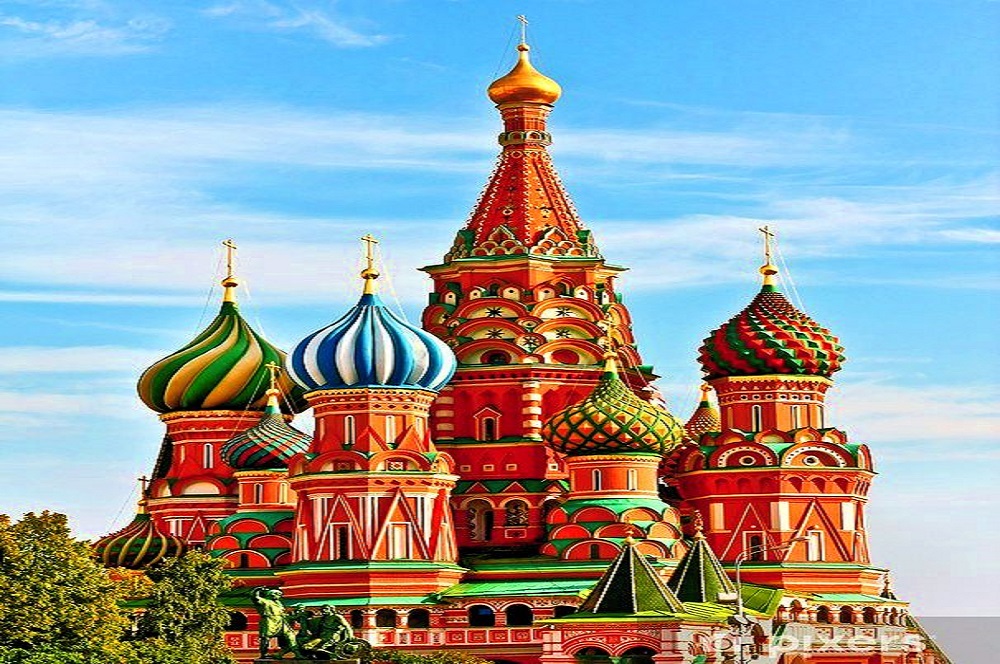
This confectionery-looking colorful cathedral is in fact the most visited tourist attraction in Moscow. This landmark is at the southern end of Red Square, the city’s geometric center. 1554-1560, Ivan the Terrible was made in time. Known for her architect Postnik Yakovlev, she was clearly a fan of pointed polygon towers with onion-shaped domes. Eight of the nine domes designed differently represent eight separate victories against the khanates of Kazan and Astarhan. The domes, which were formerly solid gold, were painted in different colors after 1670.
7. Big Ben (United Kingdom)
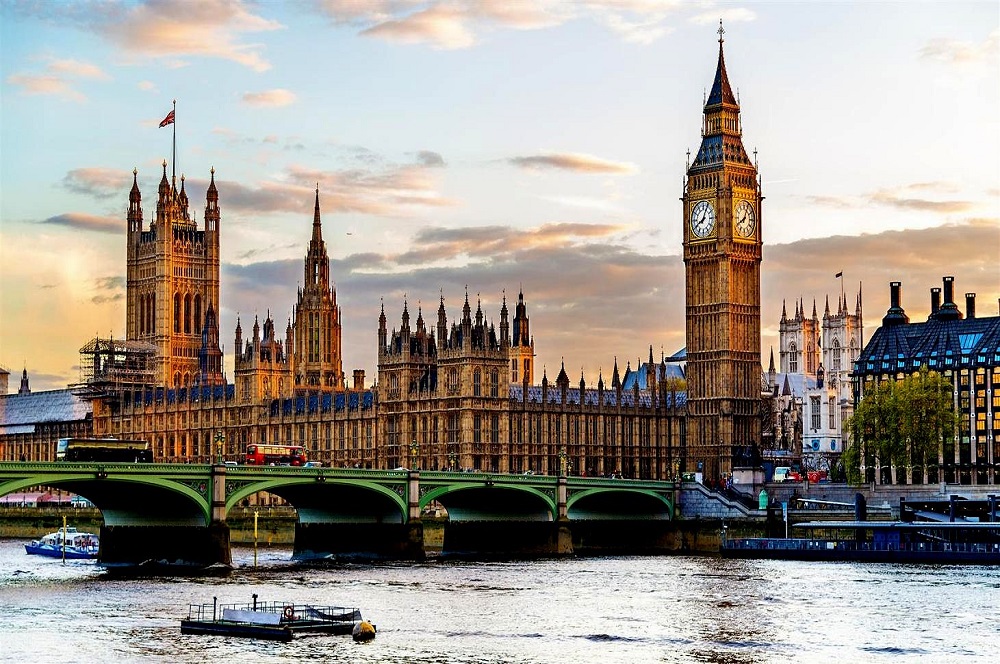
Big Ben, next to the Palace of Westminster in London, is one of the most famous clock towers in the world and takes its name from the bell inside. The tower was the last design of Augustus Pugin, who died in 1852. The watch was designed by Beckett Denison. The tower was erected in 1859 as part of architect Charles Barry’s new palace design after the former Westminster Palace was destroyed by a fire in 1834. Located on the Victorian Gothic-style tower, 96.3 meters high, the watch weighs 5.5 tonnes, the bell weighs 13.5 tonnes and can be heard at a distance of 14 km when it rings.
8. Petronas Twin Towers (Malaysia)
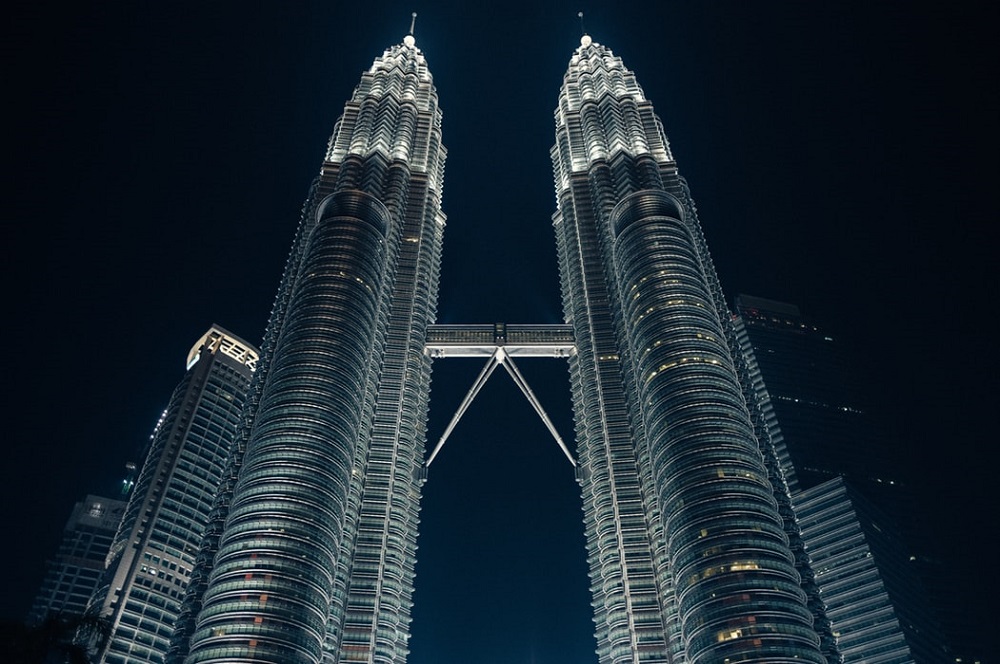
Petronas Twin Towers is one of the tallest buildings in the world. From its foundation in 1994 to 2003, it was the tallest skyscraper in the world with a height of 452 meters. Until it was taken away by Taipei 101 on January 17, 2003. These splendid twin towers rise in the heart of Kuala Lumpur as the world’s 3rd highest skyscraper after the Burj Dubai and Taipei 101 buildings. Petronas Twin Towers, rising in the capital of Malaysia, Kuala Lumpur, which still holds the title of being the highest twin tower in the world, consists of a 88-storey twin structure.
The tower, which features 8-pointed star architecture with Islamic influences, was designed by Argentinean César Pelli, architect of New York’s World Trade Center and London’s Canary Wharf. There are 76 elevators in each of the towers. The towers topman has 32,000 windows and the laminated glass used in these windows prevents harmful UV rays from entering the building. The towers resembling mosque minarets are 73.5 meters high.
Although Petronas Twin Towers have lost the title of the tallest building in the world, the towers are still the most important icons of Kuala Lumpur. Although it was designed in 1998, it is still one of the most impressive modern skyscrapers. The towers are likened by many to the World Trade Center – Twin Towers.
9. Atomium (Belgium)
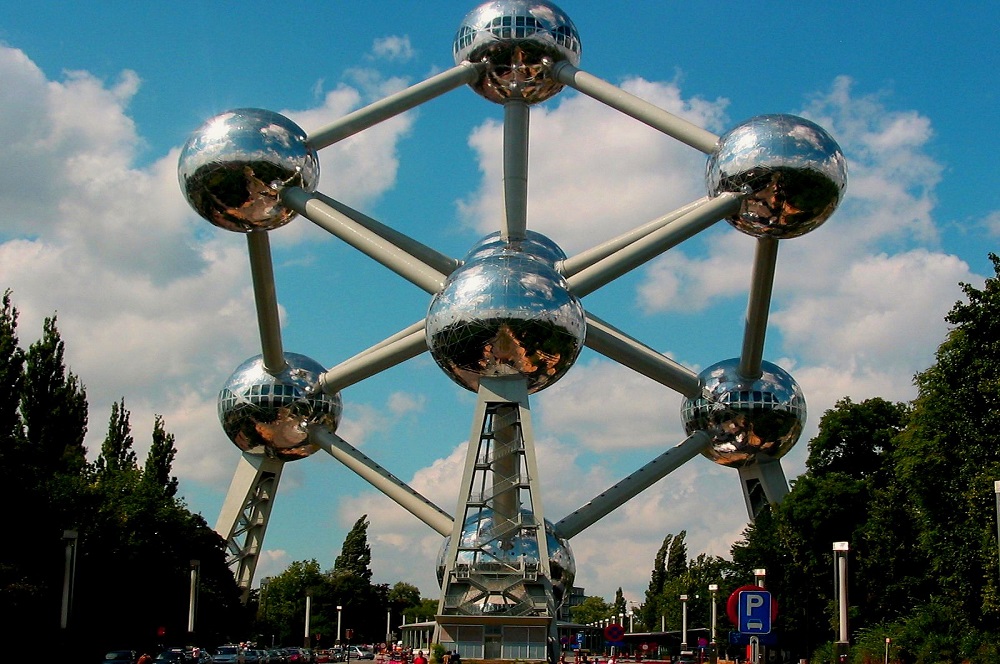
Built in 1958 for the Expo 58, the 102-meter-high monument was built by combining nine steel spheres. It was designed by André Waterkeyn as a magnifying iron of 165 billion times. Planned to stop for a period of six months, the building is today the symbol of modern architecture in Brussels. There is a restaurant with panoramic city views on the highest of the 18 meter diameter spheres connected by 12 pipes.
10. Hagia Sophia Museum-Church (Istanbul, Turkey)
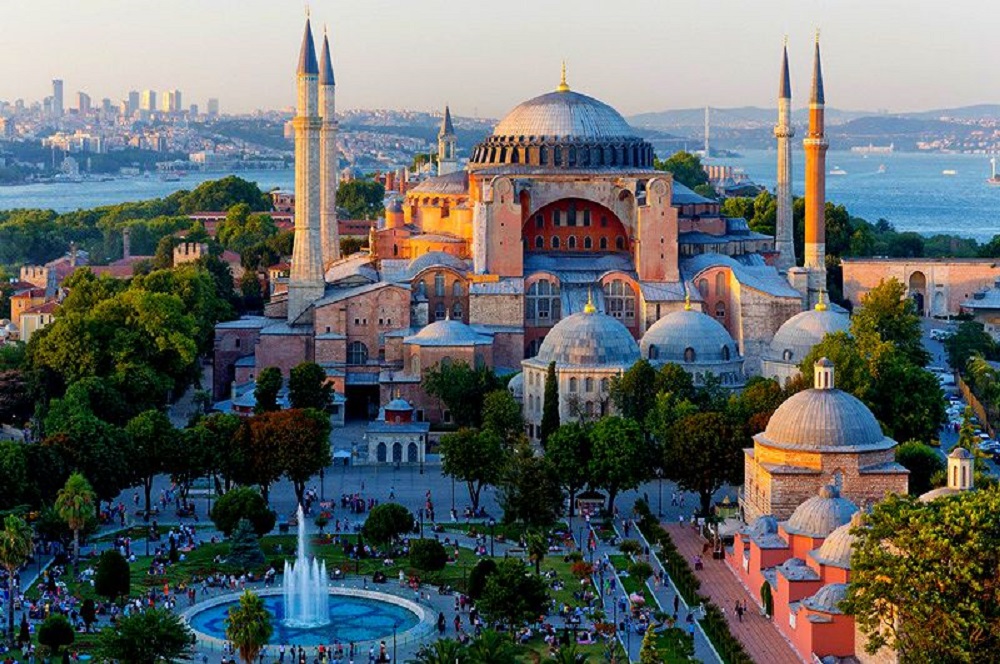
The church, then the mosque and Hagia Sophia in Istanbul, now a museum, are considered masterpieces of Byzantine architecture. The Hagia Sophia, which means Sacred Wisdom ve and commissioned by Emperor Constantine for the first time in 360, was rebuilt for the second time due to the burning and destruction of the rebellions. It was built by Theodosius and lastly Justinian I in 532-537. The most important architects and engineers of that period, Isidoros of Miletus and Anthemios of Tralles, completed Hagia Sophia in a short period of five years. Some of the columns, gates and marbles were brought from the temples in ancient cities such as Aspendos, Ephesus, Baalbek, Tarsus. It is a domed basilica and has an important place in the history of architecture with its dome transition and bearing system features.
11. Eiffel Tower (France)
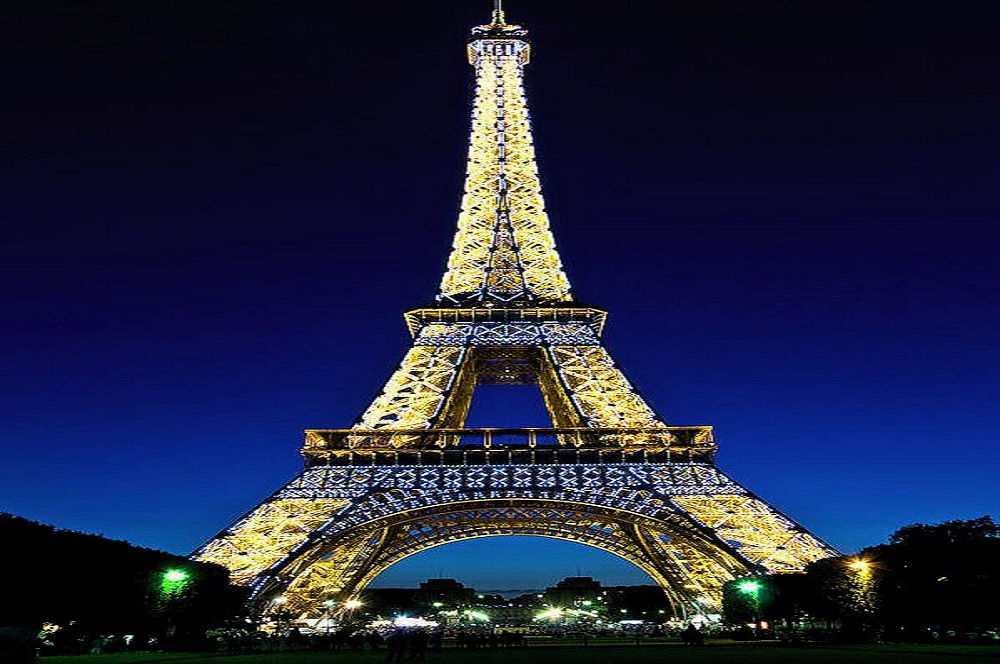
The Eiffel Tower in Paris, built in 1889, was designed by two engineers Maurice Koechlin and Emile Nouguier. The tower was built by Gustave Eiffel as the entrance of the 1889 World Trade Fair, which was held in the framework of the 100th anniversary of the French Revolution. The symbol of France, this iron lattice tower is 324 meters long and weighs 10,100 tons. Three thousand workers assembled 18,038 iron pieces with 2.5 million rivets for 26 months. The tower, which was visited by 200 million people until 2002, is visited by more than six million people every year.
12. Lotus Temple (India)
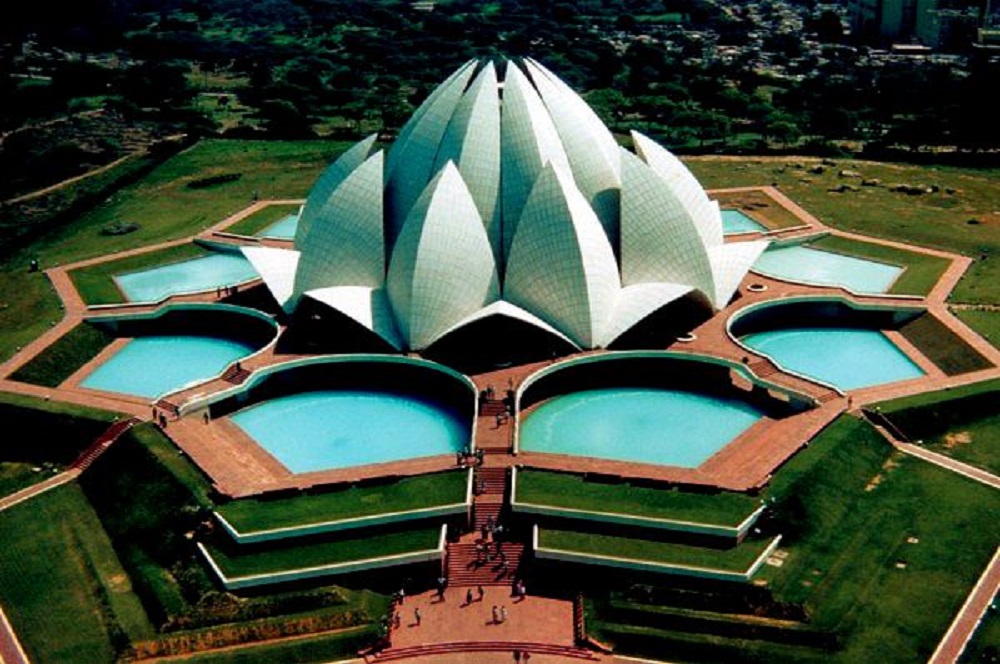
Fariborz Sahba, an Iranian bahai, was the architect of the temple in New Delhi. The construction of the temple, which lasted only 2.5 years, began in 1977 and was completed in 1986 and opened to visitors. The temple, which won many architectural awards, was built of white marble inspired by an opened lotus flower representing purity and sanctity. The building is built on an area of 105 thousand square meters completed with green area and nine ponds. It is 34 meters wide and 70 meters high. The temple, visited by 8,000 to 10,000 people every day, has been visited by more than 70 million people.
13. Brasilia Cathedral (Brazil)
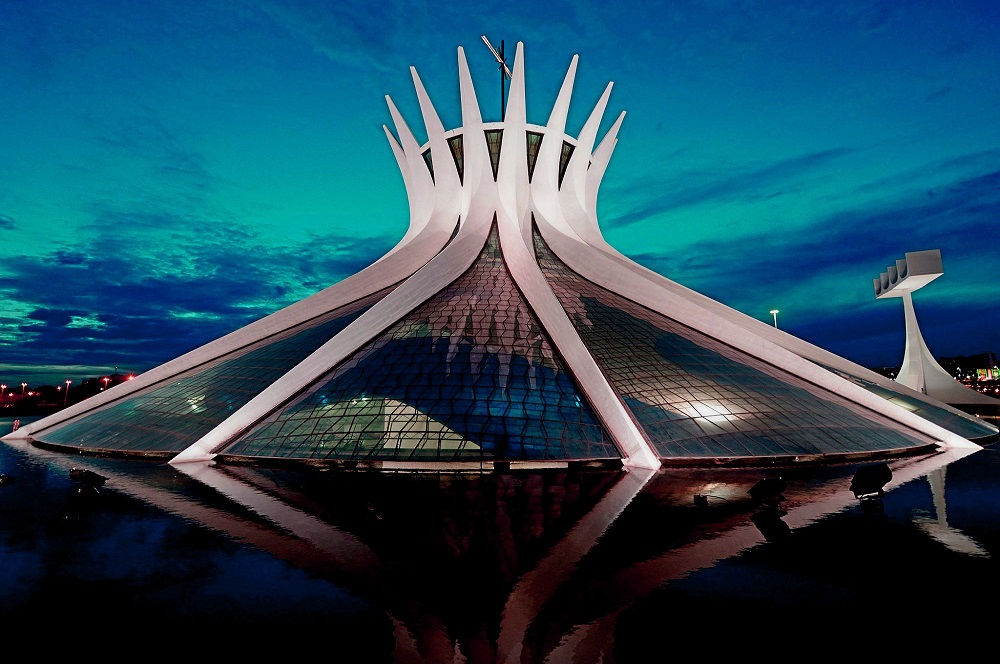
Modern religious art in the capital, Brasilia, is the center of the Brazilian Archdiocese. Designed by Oscar Niemeyer, the construction began in 1958 and was completed in 1960, but was officially opened in 1970. In 1990, it was accepted as a national historical and artistic monument. It was built of 16 hyperbolic columns, each weighing 90 tons, of reinforced concrete. One of the most iconic buildings in the world with its breathtaking design.
